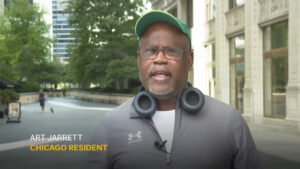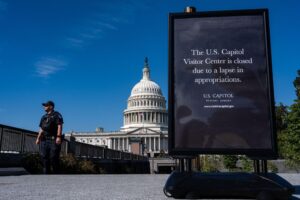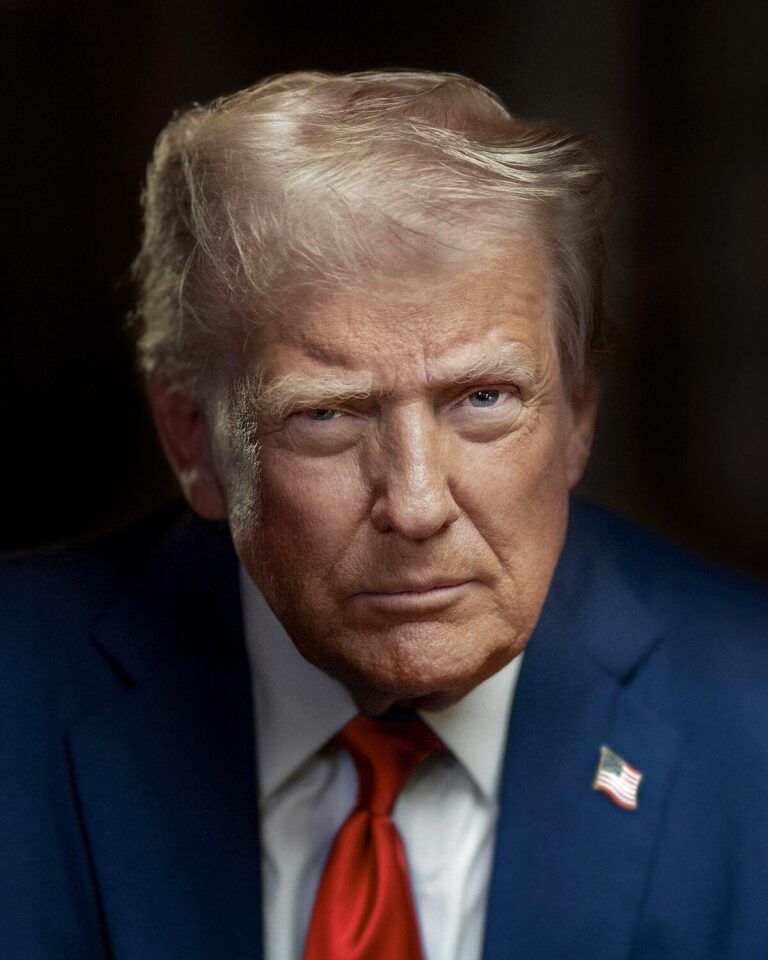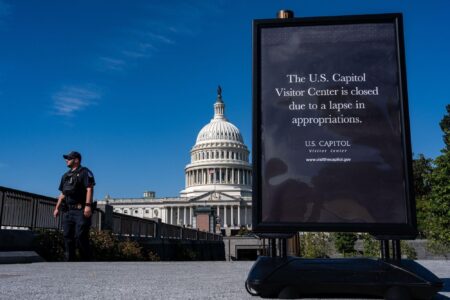Donald J. Trump and CNN: A Dynamic Intersection of Politics and Media
Transforming Political Dialogue in the 21st Century
Donald J. Trump, the 45th President of the United States, has profoundly altered the landscape of political communication. His candid, often unfiltered style, amplified through platforms like Twitter, revolutionized how politicians connect directly with the electorate, circumventing traditional media gatekeepers. This approach has inspired political figures globally to harness social media for personal branding and rapid mobilization of supporters, igniting intense public debates. While some praise this as a breakthrough in transparency and engagement, others contend it has deepened societal divisions.
Several defining features marked this shift in political discourse during Trump’s rise and presidency:
- Populist rhetoric: Use of straightforward slogans and emotionally charged messaging that resonated with specific voter bases.
- Challenging mainstream media: Branding unfavorable news as ‚Äúfake news‚ÄĚ to undermine traditional journalism.
- Deliberate provocation: Employing controversial statements to dominate media cycles and social platforms.
- Intensified polarization: A communication style that contributed to widening ideological divides.
| Communication Aspect | Resulting Effect |
|---|---|
| Social Media Engagement | Direct voter interaction and viral dissemination of messages |
| Media Relations | Heightened skepticism and delegitimization of critical reporting |
| Political Messaging | Confrontational and populist tone |
| Public Sentiment | Increased societal and political polarization |
Policy Initiatives and Their Ripple Effects at Home and Abroad
Trump’s administration adopted a distinctive governance style that left a lasting imprint on both domestic policy and international relations. Domestically, the focus on economic nationalism manifested through deregulation efforts and sweeping tax reforms, notably the Tax Cuts and Jobs Act, which sparked debate over its influence on economic growth and fiscal deficits. Immigration policies tightened considerably, with enhanced border security measures and revised asylum protocols, stirring vigorous discussions about national security and humanitarian responsibilities.
On the global stage, the ‚ÄúAmerica First‚ÄĚ philosophy prompted a reevaluation of traditional alliances and trade agreements. The replacement of NAFTA with the USMCA, withdrawal from the Paris Climate Accord, and imposition of tariffs‚ÄĒespecially targeting China‚ÄĒhighlighted a prioritization of American economic interests, though often at the expense of diplomatic harmony. The following table summarizes key policies and their multifaceted impacts:
| Policy | Domestic Consequences | International Consequences |
|---|---|---|
| Tax Cuts and Jobs Act | Stimulated corporate profits; debates over deficit growth | Limited direct effect; influenced global investment trends |
| Tariffs on Chinese Imports | Protected certain industries; increased consumer prices | Escalated trade disputes; disrupted supply chains |
| Paris Agreement Withdrawal | Reduced environmental regulations on fossil fuels | Strained cooperation with international climate partners |
| Immigration Policy Overhaul | Lowered unauthorized border crossings; sparked protests | Complicated relations with neighboring countries |
- Economic Impact: Short-term growth with ongoing debates about sustainability.
- Diplomatic Shifts: Tested longstanding alliances and fostered new trade negotiations.
- Environmental Stance: Shifted focus from global collaboration to prioritizing national interests.
Media Dynamics and Public Opinion Throughout Trump’s Political Journey
Donald Trump‚Äôs interaction with the media has been marked by a blend of antagonism and intrigue. From his days as a real estate entrepreneur to his presidency, media outlets have played a dual role‚ÄĒamplifying his messages while rigorously examining his actions. His pioneering use of social media, especially Twitter, disrupted traditional news cycles, compelling journalists to adapt swiftly to his direct communication style. This interplay contributed to a divided public perception: supporters admired his straightforwardness, whereas detractors criticized him for spreading misinformation and fostering division.
Several factors have shaped media portrayal and public sentiment over time:
- His pre-political celebrity status, which attracted widespread media attention.
- Frequent confrontations with news organizations he accused of bias and false reporting.
- Use of mass rallies and speeches to dominate media narratives and influence political discourse.
- Polarized media ecosystems, with contrasting narratives from left- and right-leaning outlets.
| Timeframe | Media Tone | Public Response |
|---|---|---|
| Before 2015 | Mixed coverage focusing on celebrity and business ventures | Public curiosity and intrigue |
| 2015‚Äď2016 | Heightened scrutiny and sensational reporting | Emerging political polarization |
| 2017‚Äď2020 | Highly polarized and confrontational coverage | Deepening societal divides |
| Post-2020 | Reflective and investigative journalism | Ongoing controversy and debate |
Approaches to Addressing Trump’s Enduring Political Legacy
Effectively engaging with the complexities of Donald Trump’s political legacy demands a nuanced and comprehensive strategy. Political leaders and stakeholders must balance recognition of his significant influence with proactive measures aimed at healing divisions and fostering constructive dialogue. Enhancing public media literacy is crucial to empower citizens to distinguish factual information from misinformation, thereby supporting a more informed electorate. Additionally, promoting bipartisan cooperation and focusing on shared policy goals can help bridge ideological gaps.
Recommended strategies include:
- Inclusive Engagement: Incorporate perspectives from diverse communities impacted by Trump-era policies to rebuild trust and promote equitable governance.
- Evidence-Based Policy Review: Conduct rigorous, data-driven assessments of past policies to inform necessary reforms or replacements.
- Purposeful Communication: Develop messaging that acknowledges valid concerns while steering public discourse toward constructive, future-focused objectives.
| Area of Focus | Recommended Action | Anticipated Result |
|---|---|---|
| Rebuilding Public Trust | Transparent dialogue and community outreach initiatives | Enhanced civic engagement and reduced skepticism |
| Policy Assessment | Independent, bipartisan evaluation processes | Policies better aligned with contemporary challenges |
| Media Literacy | Collaboration with fact-checking organizations and educational campaigns | Improved public ability to discern credible information |
Final Reflections
Donald J. Trump continues to be a pivotal figure in the American political and media arenas, consistently influencing public discourse and news coverage. CNN’s persistent reporting on his political endeavors, legal matters, and broader impact exemplifies the media’s role in navigating complex narratives. As Trump’s story unfolds, media outlets remain committed to delivering thorough, balanced analysis to help the public understand the multifaceted implications of his legacy on both national and international stages.





